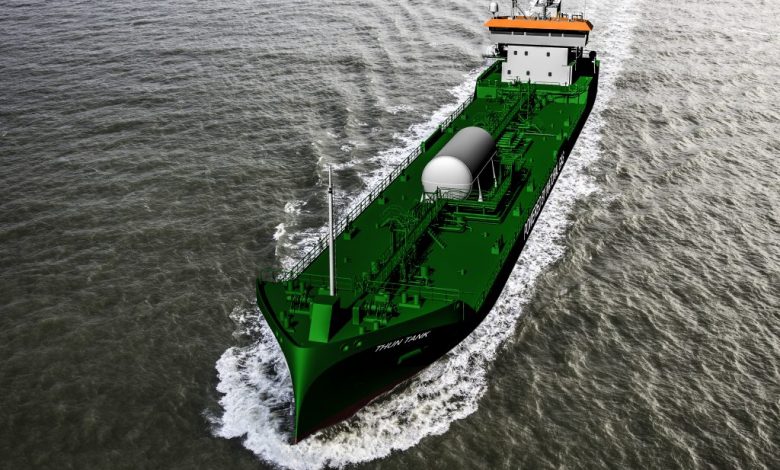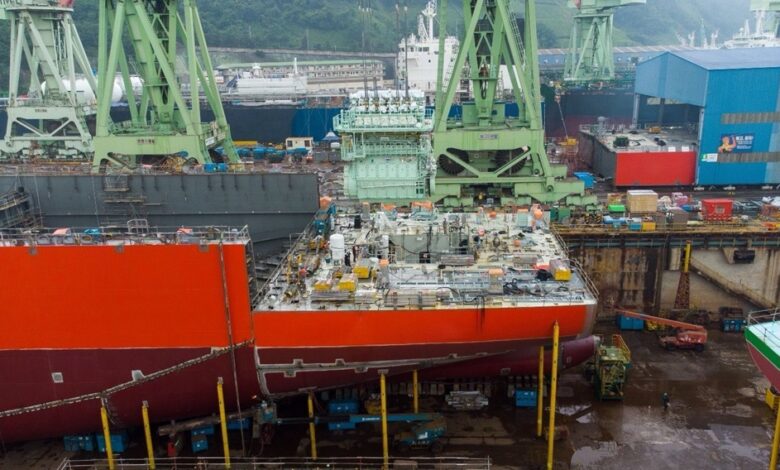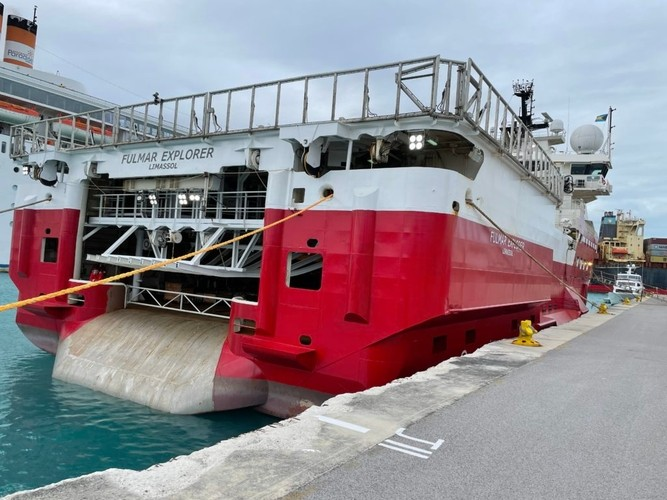Splash247: Do dual-fuel engines bring dual trouble or double opportunity?
Philippos Ioulianou, managing director of EmissionLink, writes for Splash today.
As the clock ticks down to FuelEU enforcement in January and the International Maritime Organization’s 2050 net-zero target looms, dual-fuel engines have become the frontline tool for navigating tightening emissions rules.
But there’s a catch. Owning a dual-fuel engine doesn’t mean you’re ready to benefit from an emission-free future. Managing one well requires diligence and monitoring systems which can spell double trouble if not handled properly.
For example, the flexibility of LNG/VLSFO or methanol/MGO setups can help operators juggle regional rules, fuel pricing, and emissions constraints. However that same flexibility introduces a degree of complexity. Fuels like VLSFO degrade quickly, and unless crews are monitoring quality closely, it can cause performance issues or even non-compliance. Switching between fuel types also demands flawless execution, one miss-step risks engine damage or unexpected emissions spikes. In addition, the performance of the engine has to remain consistent across different combustion requirements, no small achievement when conditions are subject to change mid-voyage.
In addition, FuelEU regulations raise the bar on compliance from annual reporting to voyage-by-voyage scrutiny. Real-time data is no longer a nice-to-have, it’s a requirement. Operators must know exactly which fuel was used, where, and how it performed. They need to be able to demonstrate that emissions stayed within limits and prove that they can spot and fix problems before they escalate. Decarbonisation has become a daily discipline, and anyone still relying on spreadsheets or best guesses is already falling behind.
This level of scrutiny requires data discipline. It’s why tools like EmissionLink are being used to help operators consolidate live emissions data, align it with fuel usage, and create a trusted, auditable trail for both regulatory bodies and commercial partners. Without such systems, shipowners risk relying on incomplete logs, manual reporting, and unverifiable claims, none of which will stand up in a compliance audit.
But this isn’t just about staying on the right side of regulators. Dual-fuel engines, when managed properly, can deliver real commercial benefits. Strategically using cleaner fuels on EU legs, for example, can generate FuelEU compliance credits that can be banked, traded, or used to offset emissions elsewhere in the fleet. Also, now charterers are paying attention. They want reliable, real-time emissions data as well as transparency and accountability around fuel switching.
This is already being written into charterparty clauses. A recent update from London law firm, HFW, reported an increase in claims relating to the management of dual-fuelled vessels, where traditional fuels have not been consumed within their shelf-life, meaning they are no longer fit for use and must be de-bunkered. This practice can present a significant risk for charterers, as the diminution in the value of the de-bunkered fuel is not ordinarily insurable.
As a result, roles and responsibilities around fuel management and reporting are becoming contractual obligations. Owners who can’t support their claims with data could find themselves locked out of premium charters. Those who do may well be first in line for green corridors and ESG-aligned cargo.
Let’s be honest, at present a lot of ships with dual-fuel engines aren’t fully compliant. Fuel protocols are inconsistent. Data is patchy. Crews aren’t always fully prepared. Whilst this continues there’s also no clear strategy for turning regulatory pressure into commercial advantage.
The next 12 months will reveal who’s serious about decarbonisation and who’s simply hoping that newer engines and cleaner fuel will be enough. They won’t be. Not without systems to track, people to manage, and strategies to act.
In this new regulatory era, burning cleaner fuel badly is still a failure and risks turning a decarbonisation solution into just another liability.
Related Posts





